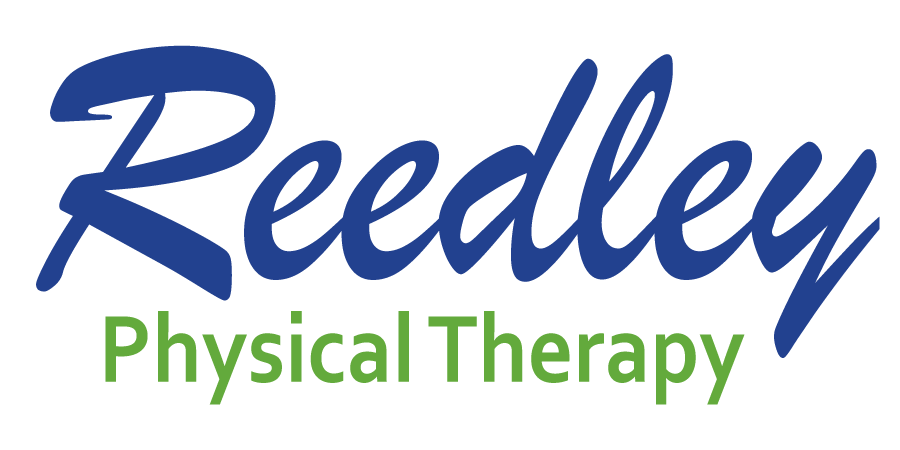Movement is Medicine: Slow Down For A Better Workout
One of the most common mistakes made when learning new movements, or attempting difficult ones, is moving through them too quickly. We see this in the clinic every day, and there are good reasons why, but there are also some big downsides if not corrected. Moving too fast through an exercise can predispose one to injury and limits the benefit; so why is it something that almost all of us do?
We do it because it is a natural strategy to overcome some all-too-common deficiencies. There are two most common impairments are a lack of strength or motor control, and/or a lack of available range of motion. Having the necessary strength and range to complete any movement is critical to reducing the risk of injury and maximizing the benefit of every rep, so lets take a closer look at what is really going on here.
The first impairment can be illustrated by considering the movement required for a basic bench press. This is a movement that most people have adequate range of motion to complete, but not always adequate strength. Therefore, a very common observation when evaluating a press or attempting to set a personal record, is to witness that subtle bounce of the bar off the chest. With that bounce, momentum is being used to fill in the gab of the necessary strength and control to perform that movement correctly. In doing so, you may be able to brag about the new PR you just set, but you are also stressing ligaments, tendons and joints in a way that can cause acute or chronic pain and injury.
The second impairment – a lack of range – can be illustrated most easily when watching someone perform a basic squat. The common fallacy to note with this movement is to only perform it under considerable load, because without the load, the depth would be otherwise unachievable. If you are not able to get the same depth of squat when performing it as a body weight squat, as opposed to a 250 lb squat, then some structure or set of tissues is being adversely strained with every weighted squat you perform.
Slowing movements down does often make them harder and sometimes more uncomfortable, but without testing each part of your workout in a slow and controlled way, you may be predisposing yourself to injury. Make the simple correction of slowing down your movements to ensure the safest and most effective workout possible.
Dr. Chris Telesmanic is a Doctor of Physical Therapy at Alliance Health in Fresno. He alternates writing this column with Dr. Maria Fermoile. Both will be happy to answer questions submitted to maria@reedleyphysicaltherapy.com or chris@reedleyphysicaltherapy.com. Learn more about movement, fitness and health in this space each week, on our Facebook page, or calling 478-5833.


